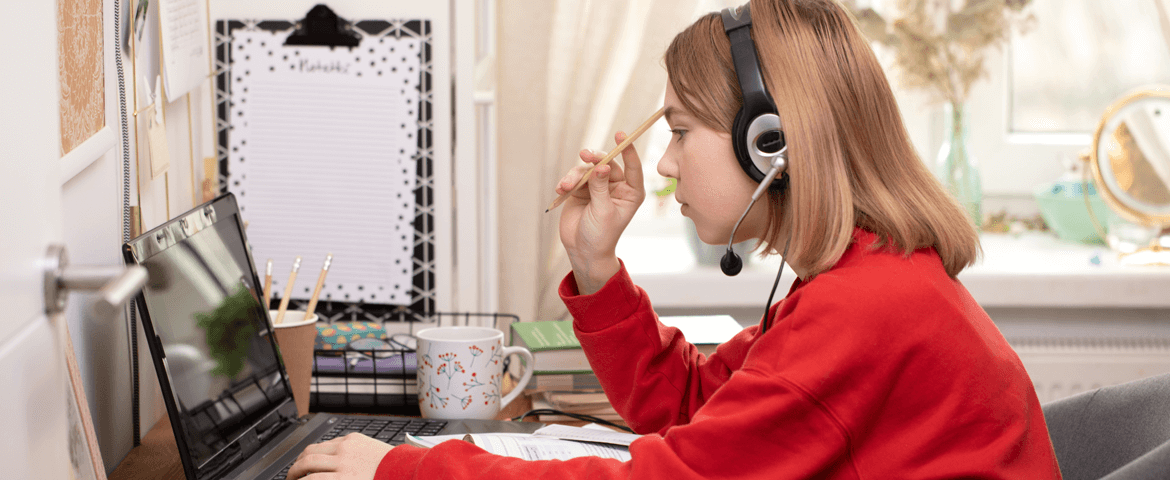With many children around the U.S. learning virtually this school year, many parents are wondering how they can facilitate the best possible experience for their kids when they’re learning through a Zoom meeting from home. A lot of that has to do with creating a good environment that’s distraction-free and as conducive to learning as possible.
Choose an Area Separate From Regular Living Areas
One of the most important things to keep in mind when creating a learning space is that it needs to be quiet and separate from the main living and traffic areas of the home. You want your kids to not only be able to focus but also to be able to separate the time they’re learning from the time they’re doing other things.
For instance, transforming a guest room can be a great option. If you don’t have a guest room, you may have to get a little more creative with your learning space setup. For instance, you could design a learning space in your garage, in a nook under a set of stairs, or even in a large closet.
You could also think about designing a learning space in a separate shed or building if you have one. You want a separate space not only so it’s quiet, but also so that kids know when they go to that space, it’s time to get in the mindset of learning.
Organization Is Key
Clutter is not conducive to learning, and it can be confusing and distracting for kids.
Start brainstorming about the different things you’ll have to organize throughout the semester and give everything its own space with a label.
This might include items like pencils and markers in one area, homework papers in another, and books that can be organized on a shelf.
Provide a checklist your child can follow when the school day is done to make sure everything gets back to its designated area and stays clean and tidy.
Keep it Simple
Remember, you don’t want distractions, so keep things simple. You don’t want the space to be too distracting. The focus needs to be primarily on learning.
It’s easy to get carried away with the aesthetics when you’re carving out a learning area, but the real focus should be on what your child needs and its utilitarian purpose.
When you’re choosing colors, bright colors tend to work well for younger kids. Bright colors are stimulating. For older kids, you might want cooler colors that are calming and can help boost focus.
Lighting Is Important
A learning area needs to be well lit. If the lighting is too dim, it can impact sleep cycles and your child’s attention. Natural light is the best type of light. It will improve achievement and at the same time the overall health of your child.
One great tip to maximize natural light is to add a mirror across from the windows to reflect more natural light into the room or space where your child is set up with their learning area.
Remember: This Is Your Child’s Space
Every child is different and learns in their own way. If your child is old enough, ask for their input and what they prefer and would like to see in their learning space.

 Facebook
Facebook
 X
X
 Pinterest
Pinterest
 Copy Link
Copy Link

